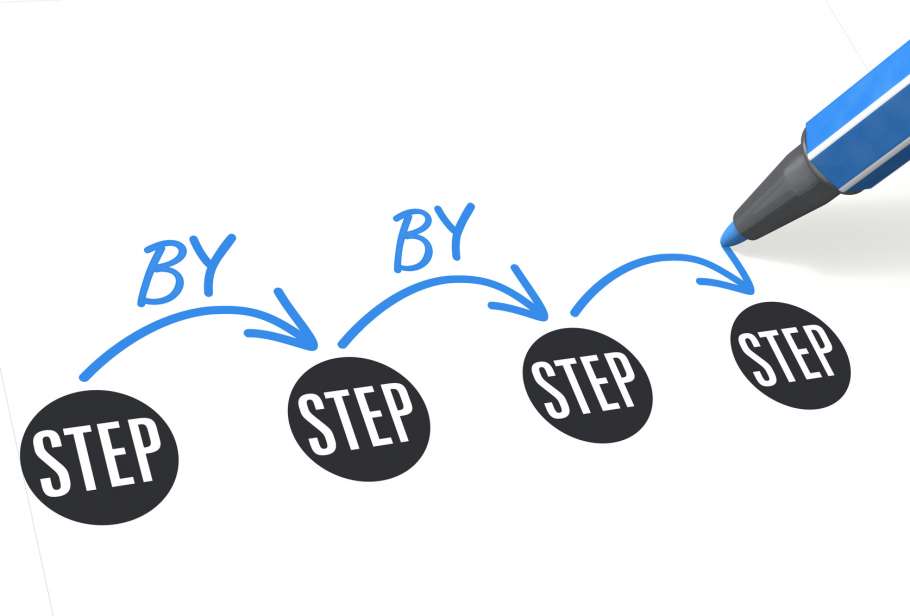
- Set Your Goal
- Decide Who to Call
- Data Brokers or Subscription Houses
- Build the Database from Scratch
- Create Your Messaging
- Measure Results
- Stay Connected
Start by defining what you want to achieve with appointment setting. For example, you can set appointments to introduce your solutions even if the prospect hasn’t thought about using them in a project. Alternatively, you can set appointments with prospects who have a specific project in mind.
These distinct goals set the stage for entirely different campaigns, affecting who you call, the messages you convey and more.
You may have standard criteria for your target audience such as industry, company revenues, number of employees and geographic location. With such well-defined demographic criteria it’s easy to find lists that meet your needs.
In other situations, however, it is not as cut and dry because you want to reach people based on more finely chiseled criteria. For example, some marketing leaders need to know the solutions or applications that a company is currently using to determine if they are valuable prospects. This information is harder to find in standard data sources.
There are a couple of options to resolve this problem:
It doesn’t hurt to ask data brokers and subscription houses if they have the information you’re looking for. After all, it’s not a lengthy research task. If they have what you need, you save the time and money it takes to build the database from the ground up.
To build your own database, first create a list of the companies that meet your broad criteria, knowing that you need to dig a little further to find the subset you’re seeking.
Then, call the companies to obtain the missing information. This initial legwork creates the foundation for all your future marketing activities. And if you don’t have the time or resources to ferret out the ideal individuals to target in your marketing campaign, you can always outsource this task to a B2B teleservices company.
Don’t start your campaign until you have clearly mapped out your messaging strategy from start to finish. This includes everything from what you plan to say on the first call to voicemails, emails and any other supporting content. To optimize your results, A/B test all messaging.
It takes time and expertise to develop your messaging. First, you must understand the product or solution and the competitive environment inside out. That means knowing point by point how your product stands up against the competition.
Once you’ve delved into the product’s complex details, it’s time to translate them all into simple language. This enables you to engage in a free-flowing, two-way conversation with your prospect. As you converse, you can gauge where the prospect is on the learning curve and then dive in as deep as you need to go … but not further! If it’s not necessary, don’t get too technical. Remember, ‘What’s in it for the Customer’ (WIFM) rules.
Obviously, you want to track as much as possible so you can refine your campaign. For example, track email bounces, email opens and click throughs, as well as lead conversions and opportunity creation.
Another valuable piece of data to track, that many business leaders close their eyes to, is the reason why people are not interested. You can learn as much from those who walk away from your offering as from those who seal the deal.
Ultimately, you should track the complete sales cycle. As you learn from your measurements, recalibrate your campaign to increase success.
In today’s busy world, it is unrealistic to think that everyone who is interested in your product or solution wants to engage with you on your timeline. They have their own projects and responsibilities.
You need to be patient, offering up gentle reminders that you are still available and your solution can help. If a prospect has expressed interest, drop them a call once a quarter or every six months and offer them valuable information each time.
Clearly, a successful appointment-setting campaign takes preparation. If you move forward without building a foundation, you run the risk of burning through contacts and prospects. That’s because an impression is made within the first ten seconds of a conversation. If you don’t have the necessary information or your messaging isn’t fine-tuned, you run the risk of burning your bridges.
For a free consultation on how to boost your B2B appointment setting success rates, call us now at 718-709-0900 (Americas) / 39 06-978446-20 (EMEA).
